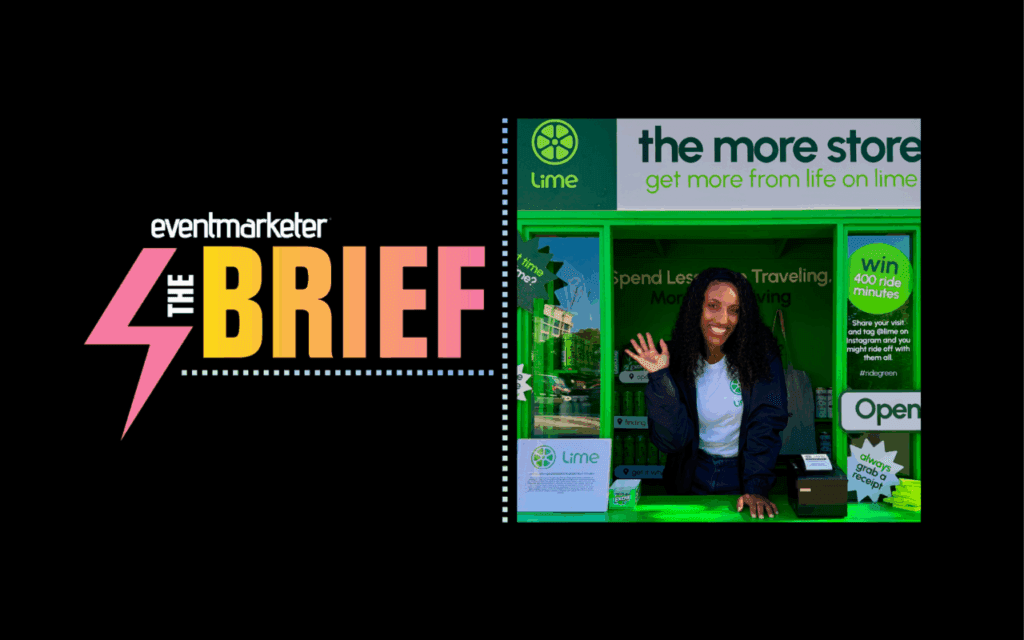The consumer is in charge.
That’s the lesson taught yesterday by Paul Knouse, senior manager, marketing operations for RJ Reynolds Tobacco Co. And if you don’t understand your customer, from demographics to attitudes to behavior to the latest data point, mindset, you’re missing the mark.
Knouse, a database marketing expert with 27 years under his belt at RJ Reynolds, said that the Internet has produced an information gold mine evolving direct marketing into database marketing, and that all marketers should understand the 360-degree view of their customers for optimal impact.
For simplicity, he broke consumers into three segments-loyalists, frequent buyers and prospects-and discussed the opportunities and challenges of marketing to each group.
Loyalists never buy or consider other products and deliver the most profits, but if they are not treated favorably they’ll move on. Frequent buyers buy a brand most of the time, but will occasionally try competitive brands. Marketers should work to turn frequent buyers into loyalists.
Knouse said that each group responds best to different offers.
Loyalists like VIP rewards, gifts, birthday cards, priority entry to events, VIP sweeps, members and member surveys. Frequent buyers respond well to coupons, proof of purchase offers (high proofs), free gifts, sweepstakes and surveys. Prospects can be pulled in with high-value coupons, proof of purchase (low proofs), free products, free premiums, sweepstakes and surveys. All three segments appreciate a thank you.
“It is never a bad idea to say ‘thank you’,” Knouse said.
And if you do send out surveys, “Don’t make it longer than the Declaration of Independence and you’ll be fine,” he said.
The more loyal the consumer, the higher the response. For example, loyalists generate a 30% response to a $3 coupon offer compared to frequent buyers at 25% and good prospects at 8%. Sweepstakes generated a 28% response from loyalists, 24% from frequent buyers and 14% for good prospects. Surveys delivered at 35% response from loyalists, 30% from frequent buyers and 10% from good prospects, he said.
Delivering optimal response can be all the more critical in a world where consumer loyalty is on the decline.
Knouse said a number of factors play into the decline, including the lack of meaningful positioning of a brand (how is it different from others); poor quality service; customers feel like a number; new customers get a better deal; loyal customers get abused; high tech replaces high touch; cost cutting impacts loyal buyers and competition.
The key, he said, is to identify and reward the best customers, establish a clearly definable loyalty program that is applied consistently across all touch points.
“If you have a loyalty gaff, consumers are forgiving as long as you address it,” Knouse said.
 Network
Network

